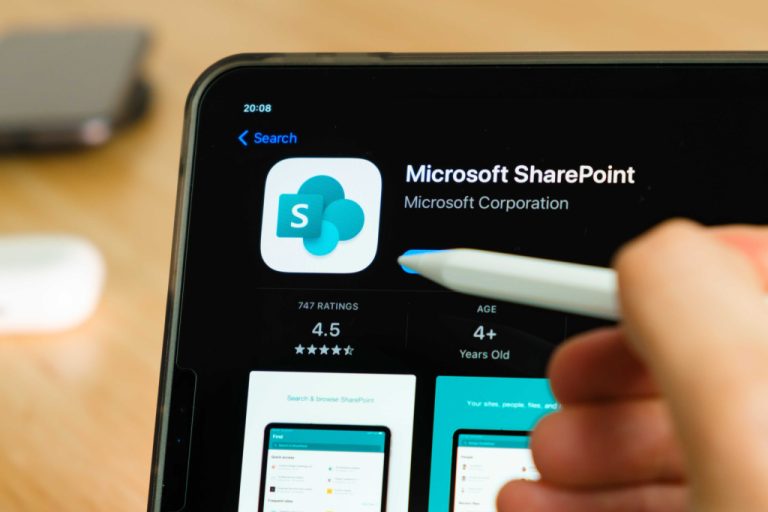Effective digital marketing and the maintenance of consistent branding – so critical for maximizing the impact of marketing activities – requires the efficient management of digital assets. However, organizing and controlling these assets has become a major challenge for many businesses, making it essential to select the right management solution – one that fully meets an organization’s needs. During the process of investigating and evaluating the various options, questions often arise regarding the differences between SharePoint and DAM (Digital Asset Management). This post will help you differentiate between these two options, and enable you to determine which better suits your organization.
Let’s consider what each one offers.
SharePoint’s Functionalities
On the Microsoft website, SharePoint is called “Your mobile, intelligent intranet”. It is a very helpful online platform, integrating with MS Office, that creates team sites. It enables collaboration, communication, and project management, and can act as a dashboard – helping you to monitor progress and deadlines and coordinate individual and team assignments. SharePoint also provides significant workflow features. In addition, the platform can be used for storing, organizing, sharing, and managing a company’s documentation – mainly internal documents in text format – from a central location. It allows information to be accessed from multiple devices by users across the company’s various departments and divisions. However, it is, for the most part, used for handling text files, and is not designed to meet the needs of media-rich companies with vast amounts of visual and audio media files.
DAM Capabilities
Razor-focused on brand-marketing assets, Digital Asset Management software helps your teams to organize, collaborate on, store, manage, retrieve, publish, and share ALL your digital assets from within a single library. This means not just your text files, but your high-resolution, large-format images, photos, videos, presentations, logos, graphics, and audio files. DAM programs can store millions of files of every type in one central location, and make them accessible to anyone – whether within the organization or externally to agencies, partners, customers, and consultants. DAM solutions can also integrate with your marketing software, CMS, PIM, eCommerce site, and social media platforms. Metadata tags that classify assets and provide them with attributes such as color can be assigned to all brand assets, significantly simplifying and speeding up searches within the library and saving valuable time. DAMs can also enable the re-sizing and re-formatting of files, as well as tracking asset usage history.
Can You Use Them Both – Together?
Yes, no problem. SharePoint and DAMs are often viewed as complementary, and many companies do combine them. For example, if your organization is already using SharePoint, you can keep those workflows, and continue to enjoy the project management and team communication benefits – while gaining a DAM’s vast storage and file editing capabilities, significantly speed up file searches, enjoy seamless external distribution to multiple recipients, and increase file security by controlling permissions.

